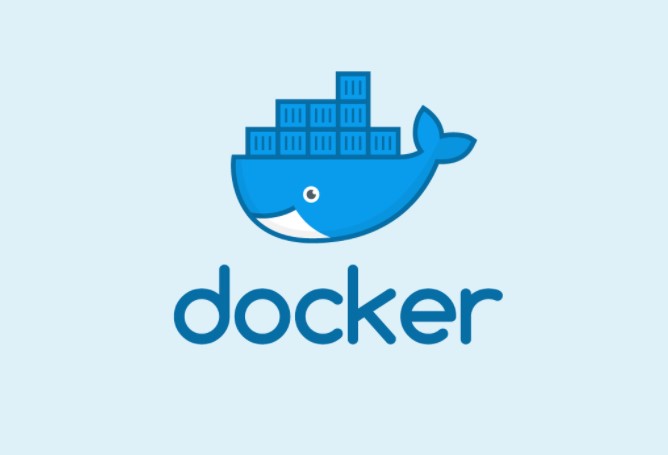What is docker? | Docker tips for the beginners - 2021
If you’re new to Docker, chances are you’ll struggle to navigate this container management system. Perhaps you’ve been experimenting with the platform for a while but still, feel stuck on how to move further. For starters, it’s important to understand what Docker is at its core. Docker is a tool or platform that empowers developers and system administrators to package their applications into a lightweight, portable containers that can be deployed virtually in any computing environment. This is often referred to as containerization.
Simply put, containers are a solution that packages up an application with all its related dependencies, configuration files, OS libraries, and binaries into one package. This makes it possible to quickly and reliably deploy the application, regardless of the computing environment in which it’s actually run.
What Problem Does Docker Solve?
Imagine you’ve spent weeks developing a web application for an organization. You perform all the server configuration tasks to make sure everything works fine. Failure to configure your web server would mean facing the very common phrase “It keeps failing on the server, yet it’s working fine on my development machine.”
What if you took the basic libraries, binaries, configuration files, and everything else that’s needed to run the application and packaged them up all together in the server. Obviously, you wouldn’t experience any problems. But this would mean you have to deploy the application again whenever you update a library or install a new framework. Furthermore, making changes in the application will most likely affect other applications that are already deployed and running on this server.
The solution to this problem would be to package everything in a single file that’s super easy to read (and understand) and run it in isolation. And that’s exactly what Docker does— eliminates the repetitive and boring configuration tasks you have to deal with throughout the application development cycle.
What are the Benefits of Using Docker
Using Docker containers will certainly provide you with almost everything you can get from virtual machines, including scalability, isolation, and disposable. However, the fact that containers run on the host operating system and not a hypervisor (which contains a guest operating system, as is the case with virtual machines) means that they are lightweight, portable, and quicker to start. Docker containers are, therefore, ideal for developers looking to implement DevOps and Agile practices.
Docker is a great platform that you can use to streamline your development lifecycle, ensuring faster and consistent software delivery cycles. It’s also a cost-effective alternative to virtual machines as it reduces the complexity and resources needed to consistently deploy and manage applications. You can run and manage more development workloads on the same computing environment or hardware.
Top Five Docker Tips and Tricks to Get you Started
Now that you know docker is beneficial to you as an IT professional, here are five tips and tricks to help you get started.
1. Don’t Be Afraid to Start Small
Common mistake developers and sysadmins make when starting their docker journey are trying to “start too BIG.” Some also adopt the go all-in, all-at-once mentality without taking the time to plan accordingly. The truth is that you shouldn’t be in a hurry when using Docker in development. It’s important that you take the time to examine the basic and essential requirements of an application before running it holistically in a container. You’re better off basing a Docker container on a simpler and lightweight operating system like alpine than opting for an operating system like Ubuntu. Start small and learn from your mistakes even as you gradually build your way up.
2. Take a Docker Tutorial
One of the most effective ways to learn how to get started with docker is through tutorials. Find tutorials on docker architecture, docker installation process, learn how to run docker c++, study basic (and important) docker commands, and best practices for building docker images.
Apart from helping you understand what docker entails, tutorials will give you hands-on experience on how to build and deploy your own applications. A docker tutorial might just be all you need to overcome the fear of using docker and get started with the platform.
3. Use a VPS to ensure a Seamless Docker Experience
If you’re looking to reach docker’s full potential, consider using a Virtual Private Server (VPS). VPS hosting offers a number of benefits including increasing your application’s reliability, boosting application performance, and increased flexibility when it comes to choosing the OS and applications you want to use. Plus, you’re free to operate, manage, and configure the server to your own needs.
4. Use the Command Line to Search Docker Hub
If you’re familiar with source code repository hosting services like Bitbucket or GitHub, you may have an idea of what Docker Hub does. Simply put, the Docker Hub is a cloud-based repository where you can download or publish your container images. It’s not uncommon for docker newbies to browse the Docker hub trying to find images they can use to run their docker containers.
There’s certainly nothing wrong with this approach. However, you can save a lot of time and enjoy greater convenience by searching images using the docker search command line: (docker search TERM) For example, (docker search WordPress) will return all the available WordPress images.
5. Evaluate Application Performance
First As mentioned, Docker containers run on the host operating system and require fewer resources (compared to conventional virtual machines) to deploy and manage applications. While this offers a significant boost in performance it doesn’t guarantee exceptional results in cases where the application has design issues. It’s, therefore, important that you evaluate your application and actively monitor its performance to detect any potential issues before using docker. Tools such as Traceview, Datadog, Site 24×7, AppNeta, New Relic, AppDynamics, etc. can present actionable insights on some of the performance issues that could impact users.




